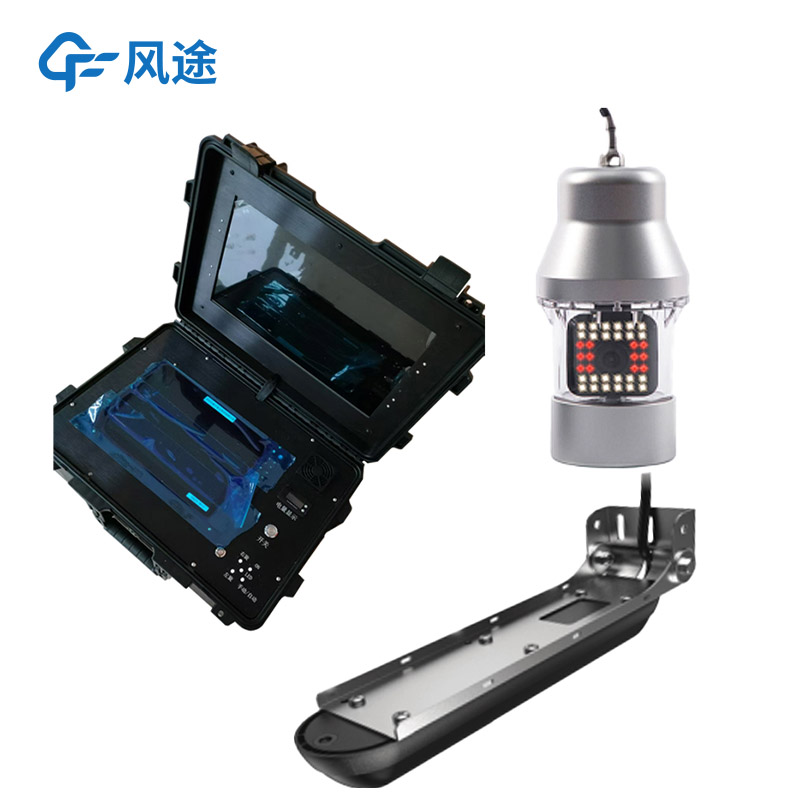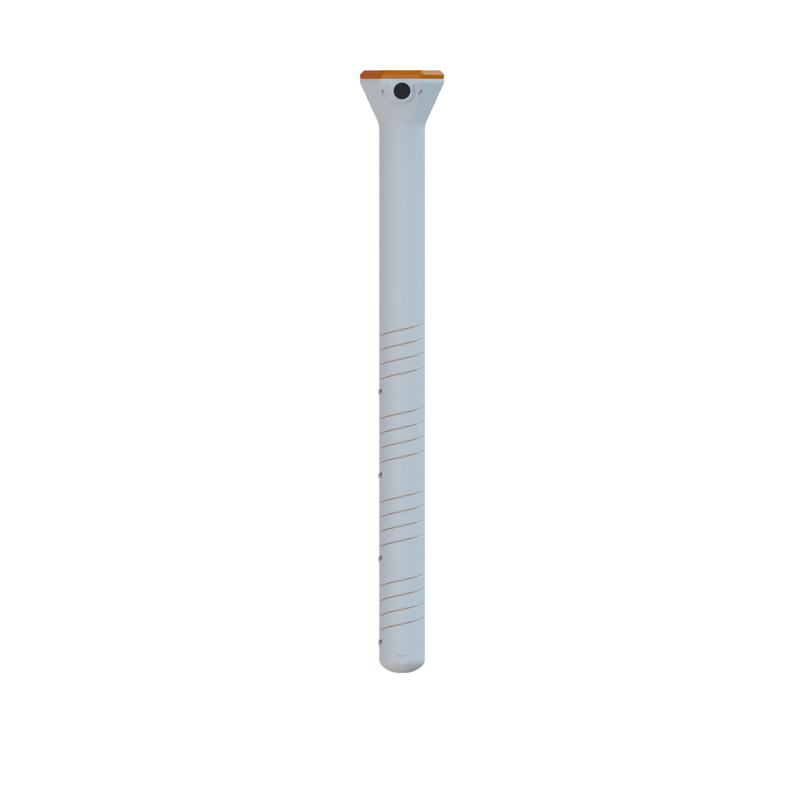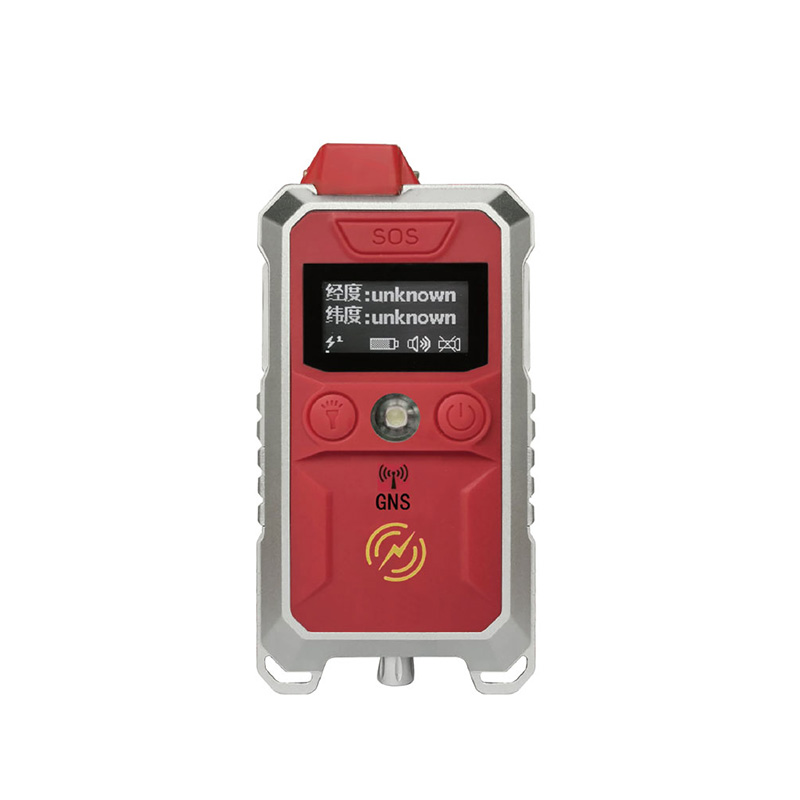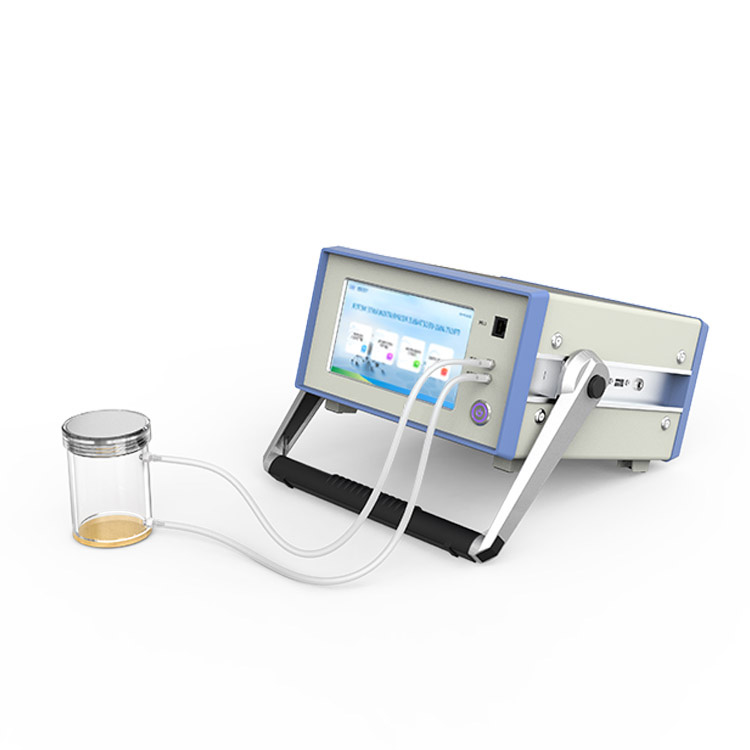The Underwater Sonar Life Detector is an underwater detection device developed based on sonar technology, with its technical roots traceable to the sonar instrument invented by British naval officer Lewis Nixon in 1906. After a century of development, it has become one of the most widely used devices in hydroacoustics.
The core principle of this device lies in utilizing the propagation characteristics of sound waves underwater to operate. Since electromagnetic waves attenuate at an extremely high rate in water and cannot serve as effective detection signals, while sound waves propagate stably in water, they have become the core means for underwater detection. It realizes the detection, positioning, and communication of underwater targets through electro-acoustic conversion and information processing technologies, belonging to the category of acoustic positioning, and is mainly divided into active and passive types.
Modern Underwater Sonar Life Detectors have achieved significant improvements in performance. The new-generation devices feature more advanced detection performance and longer detection distances, and some high-tech products possess quite high resolution, enabling accurate identification of targets such as frogmen and suspicious underwater vehicles. Among the commonly used types, multi-beam imaging sonar is an important component, which together with single-beam echo sounders, side-scan sonars, sonar-based terrain detection equipment, etc., constitutes the modern sonar detection system.
As an acoustic positioning device, the Underwater Sonar Life Detector completes underwater detection and communication tasks through electro-acoustic conversion and information processing. It can function in complex underwater environments, and is particularly suitable for water rescue scenarios in China. China is rich in water resources, with numerous rivers, seas, lakes, and reservoirs. With social development, modern water-related police cases have increased year by year, and the types of accidents have become increasingly complex. Previously, underwater search and rescue relied heavily on frogmen diving or underwater robots, which made it difficult to quickly find targets in turbid waters. Excessively long search and rescue time not only reduced efficiency but also posed threats to the rescuers themselves.
After the reform of water rescue work, various regions have strengthened equipment support, and the application of Underwater Sonar Life Detectors has effectively improved this problem.

This paper addresses:https://www.fengtusz.com/industry/800.html









